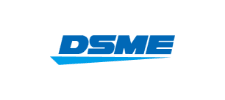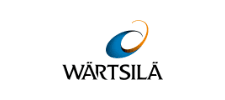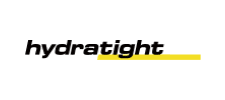신뢰와 열정으로 새로운 가치를 창조하여 행복한 세상을 만드는 주인공이 되자.
SERVICES
(주)이삭에서 제공하는 서비스를 안내해드립니다.

커미셔닝
커미셔닝
(주)이삭이 제공하는 모든 서비스의
기술적 토대입니다.

엔지니어링
엔지니어링
(주)이삭이 제공하는 모든 서비스의
기술적 토대입니다.

컨설팅
컨설팅
오랜 실무경험을 통한 컨설턴트들을
핵심 자산으로 보유하고 있습니다.

필드 기술 서비스
필드 기술 서비스
풍부한 기술력 노하우 위한 전문/숙련
관리 서비스를 제공하고 있습니다.

프로젝트 지원 서비스
프로젝트 지원 서비스
풍부한 경험에서부터 엔지니어의
예비기술까지 지원하고 있습니다.

그린에너지 솔루션
그린에너지 솔루션
친환경 에너지를 위한 솔루션을
지원하고 있습니다.
OUR CLIENT & PARTNER
(주)이삭과 함께 신뢰와 혁신을 바탕으로 성장해갑니다.














































다양한 소식과
정보의 공간 뉴스룸
View More +

On April 6, 2024, Daesun Shipbuilding & Engineering Co., Ltd. and ISSAC Engineering & Consulting Ltd...

We and its subsidiary, Sindong Digitec Co., Ltd., signed a business agreement with FIASPACE Co., L...

On the 18th, our CEO briefly met with Indonesian deputy minister of labor on his way to visit the B...

The Indonesian Vice Minister of Maritime Affairs and Fisheries visited our Busan branch on June ...
LOCATION